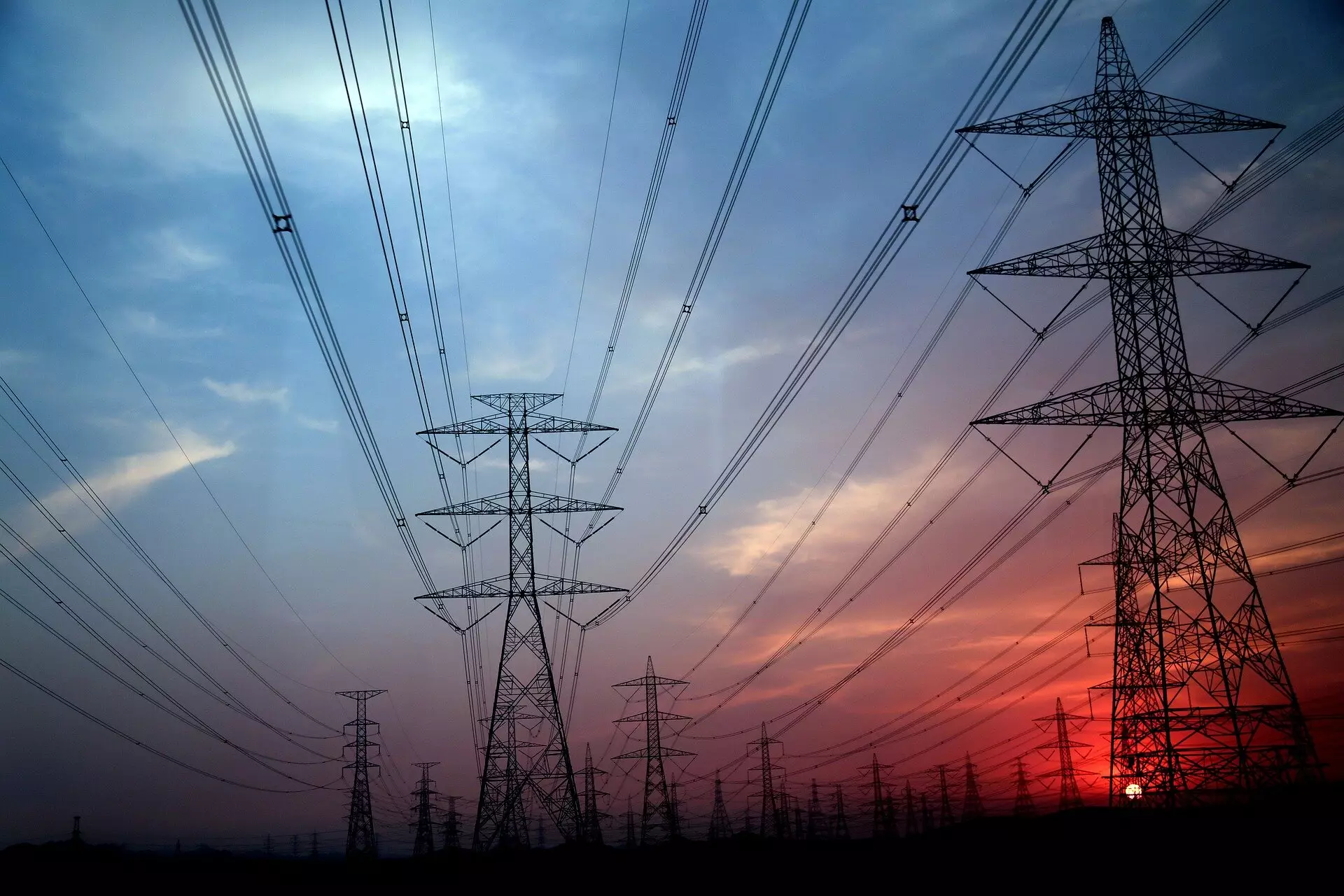The changing landscape of energy policy in the United States prompts an urgent need for state regulators to rethink how they oversee gas and electric utilities. As policies increasingly favor electrification and renewable energy sources to combat climate change, competition between gas and electric utilities intensifies. A recent white paper from scholars at Stanford University and the University of Notre Dame offers critical insights into how regulators can adapt to this competitive environment and drive the transition toward a zero-carbon energy sector.
The white paper titled “The Unseen Competition in the Energy Transition” advocates for a unified approach to utility regulation, suggesting that state public utility commissions (PUCs) must transcend the traditional binaries between gas and electric services. The authors argue that as the government pushes for cleaner energy policies—especially in the heating and cooking sectors historically dominated by gas—regulators are confronted with a unique set of challenges encompassing climate concerns, safety, and equity.
Joshua Lappen, co-author of the white paper, notes that the introduction of electric heat pumps and induction stoves has radically altered the dynamics between these two energy sectors. As gas utilities strive to maintain their market share, a fragmented regulatory approach risks delaying necessary investments in clean energy solutions and may impose greater costs on consumers. The paper calls for coordinated planning to avoid inefficiencies that arise from maintaining two separate utility infrastructures.
The potential fallout from the continued rivalry between gas and electric utilities extends beyond mere economic inefficiencies. As the authors highlight, this competition can lead to higher rates for consumers, perpetuating inequality as low-income users face disproportionate burdens. They note that the existing frameworks for utility regulation have not adequately accounted for the evolving energy landscape, resulting in a “patchwork of duplicative energy monopolies.”
When gas and electric utilities offer similar services, yet maintain separate distribution networks, customers are essentially double-paying for infrastructure that could be streamlined. This not only complicates regulatory oversight but also jeopardizes the smooth transition toward decarbonization that many states aspire to achieve.
To address these challenges, the white paper offers several recommendations for PUCs. One of the key proposals is for regulators to consolidate the planning processes for gas and electric utilities. By treating these utilities as a singular entity within a broader energy sector, PUCs could optimize investments and facilitate efficient resource allocation. This approach would help to mitigate the risks associated with stranded assets—investments that become obsolete as market dynamics shift towards electrification.
Merging utility operations within the same service territories could also enhance service reliability and efficiency. The unified agencies would foster a collaborative environment that seeks to protect consumers from rising costs and ensures the equitable distribution of resources. Amanda Zerbe, another co-author of the paper, emphasizes that it is essential to acknowledge the evolving nature of the energy sector to meet long-term climate objectives effectively.
The implications of inaction are stark. Continued reliance on gas infrastructure creates a substantial risk, as utilities may prioritize investments in fossil fuel systems with lifetimes that exceed decarbonization timelines. This not only exposes consumers to rising costs but also undermines national and state-level commitments to reduce greenhouse gas emissions.
The researchers argue that proactive regulatory measures can play a pivotal role in accelerating the transition to a decarbonized energy landscape. By understanding and managing the competitive dynamics between gas and electric utilities, it’s possible to advance collective efforts toward sustainability.
As the competition between gas and electric utilities evolves, so must the regulatory frameworks that govern them. The insights presented in this white paper not only underscore the urgency of rethinking utility regulation but also offer a roadmap for navigating the complexities of the energy transition. By acknowledging gas and electric utilities as parts of a cohesive energy system, regulators can pave the way toward a sustainable, reliable, and economically viable energy future.
In this new era of energy regulation, adapting to the realities of competition could ultimately benefit consumers, ensure equity, and fulfill climate commitments necessary for a sustainable future. The journey toward decarbonization demands thoughtful planning and strategic coordination, making it imperative for policymakers to embrace these changes now.


Leave a Reply